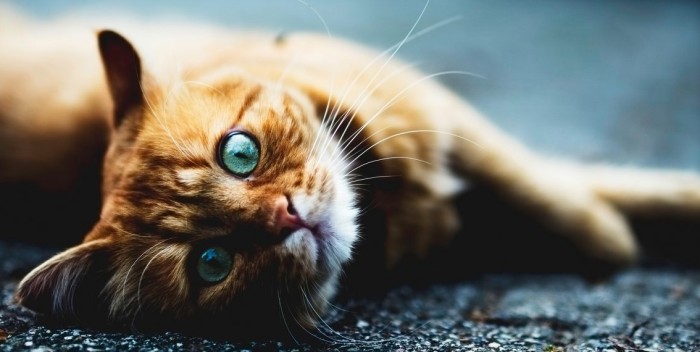All about cats
According to statistics, more than half of the country's population owns cats. It does not matter whether she is purebred or simple, with short hair or without it at all. It is believed that cats can catch the mood of their owner, and in a bad moment they will always come to the rescue with their caresses and purring. What kind of care these animals need, how and how to feed them, vaccinate them, train them to the cat's litter box, you will learn from this article.
Content
Popular cat breeds
Every year, at the peak of popularity, new cat breeds appear, from which people go crazy and are ready to do anything to make such a cat their favorite. Some breeds from the list below are hypoallergenic suitable for people who have allergic reactions to cats.
The most popular breed for 2016-2017 is the exotic cat. They are shorthaired, bred by crossing Persians and American Shorthair cats. 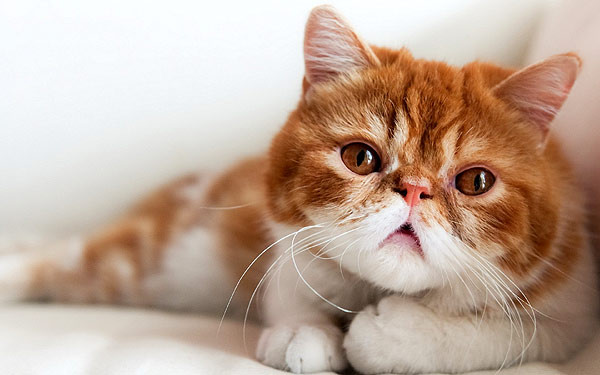
Persian cats have been holding on to the second place for a long time. Animals with long beautiful hair, brought from Persia in the distant years. A couple of years ago, the Persians occupied an honorary golden place, but they were overtaken by the exotic. 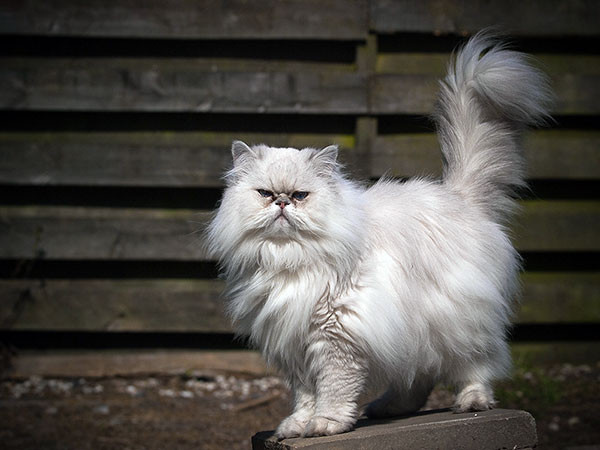
The third place is Maine Coons, huge representatives of felines that many people love. 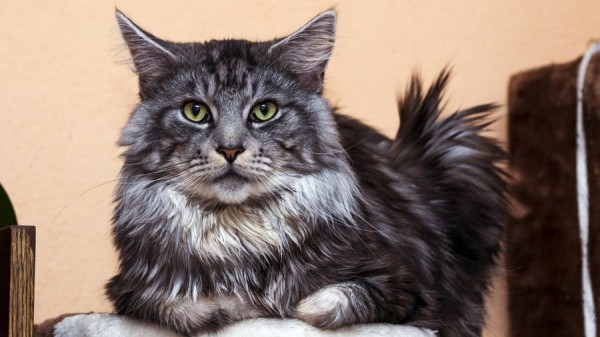
17 more most popular purebred cats:
- Ragdoll;
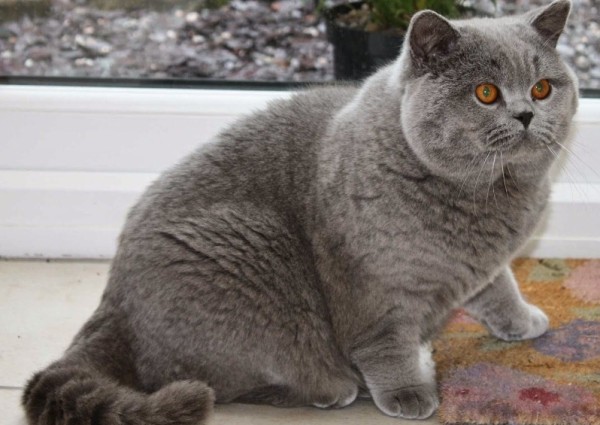
- Shorthair British cats;
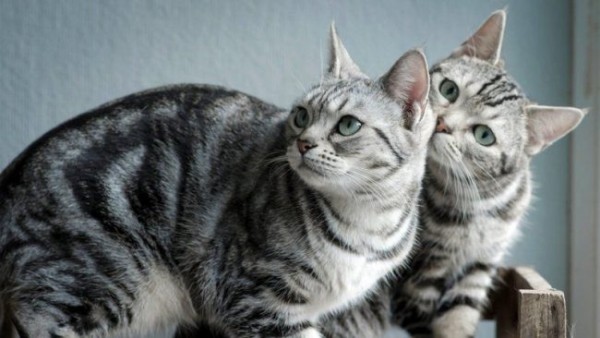
- American shorthaired cat;

- Scottish Fold cat;
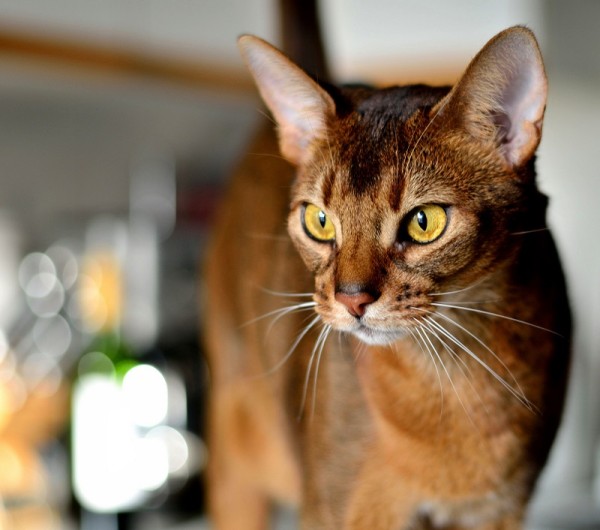
- Abyssinian breed;
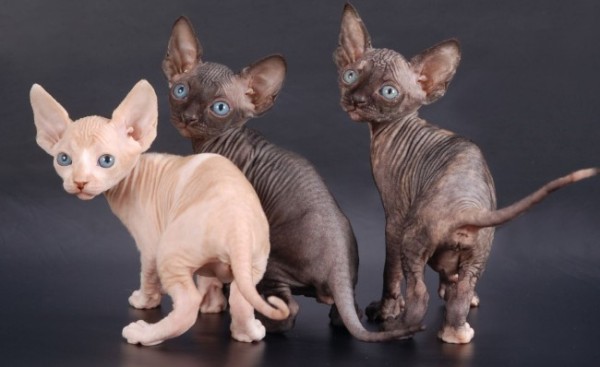
- Canadian Sphynx;
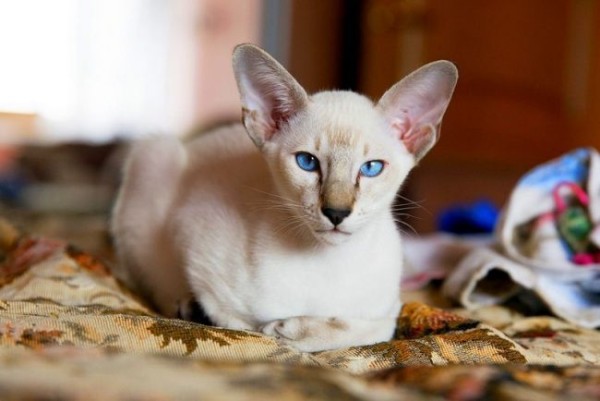
- Oriental breed;
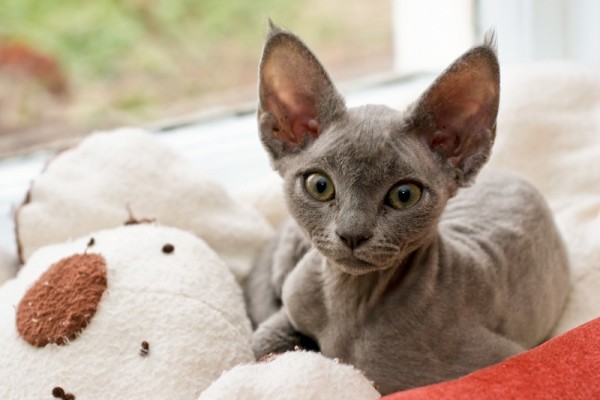
- Devon Rex;
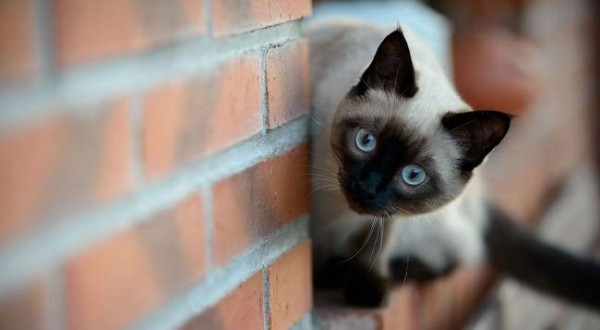
- Siamese cats;
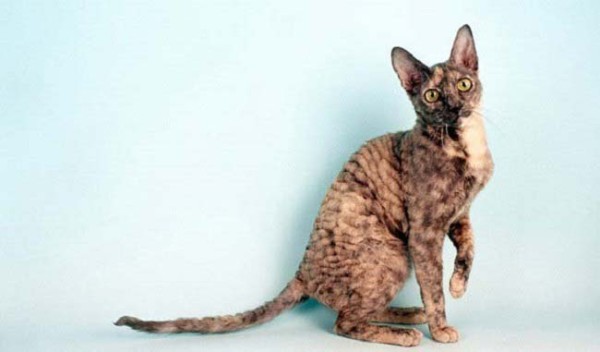
- Cornish Rex;
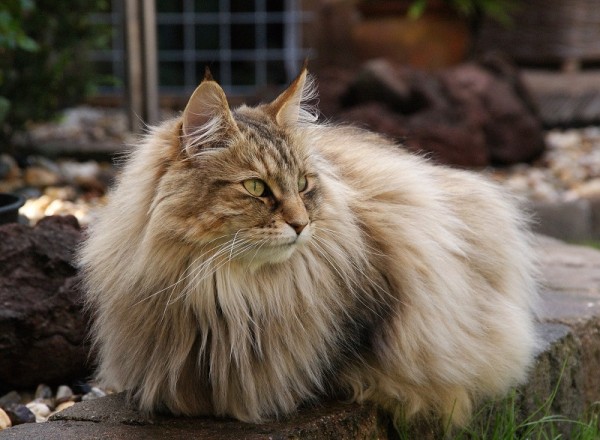
- Norwegian forestry;
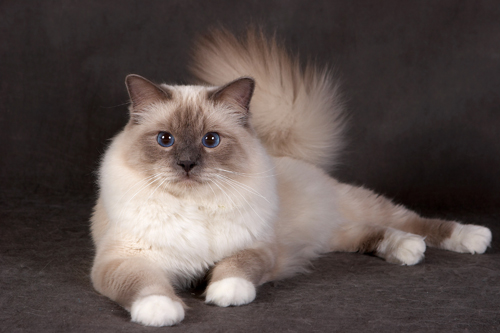
- Sacred Burma or Burmese breed;
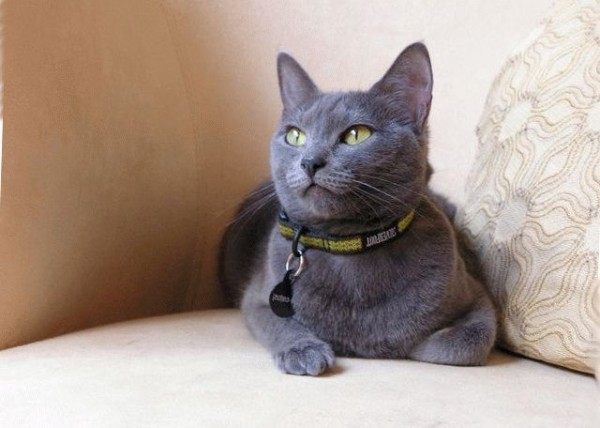
- Russian blue;
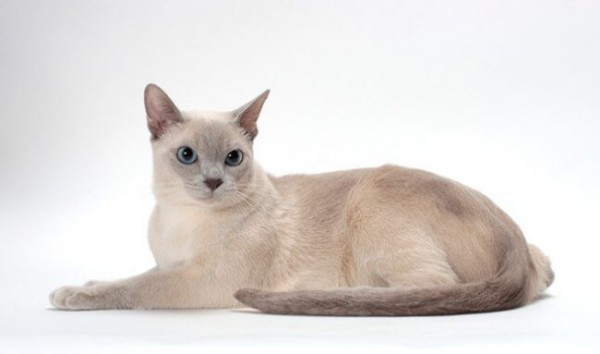
- Tonkin breed;
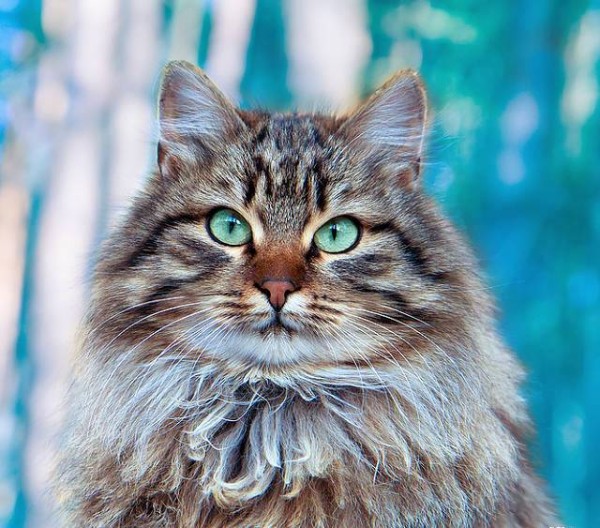
- Siberian;
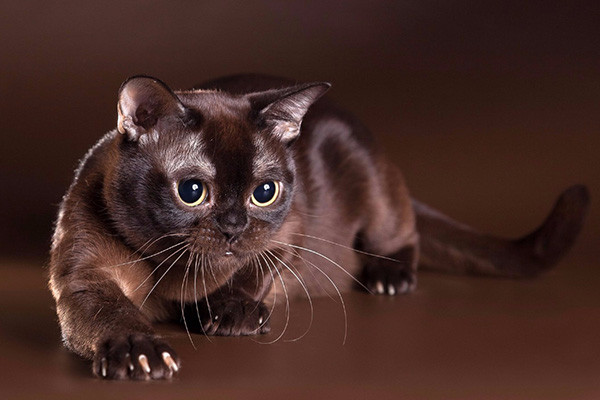
- Burmese or Burmese breed;
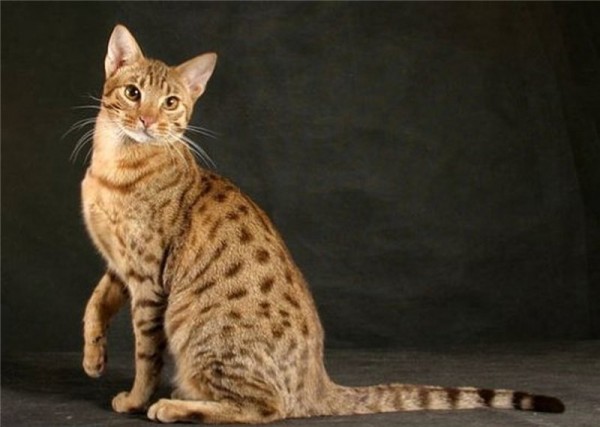
- Ocicat.
How to care for cats 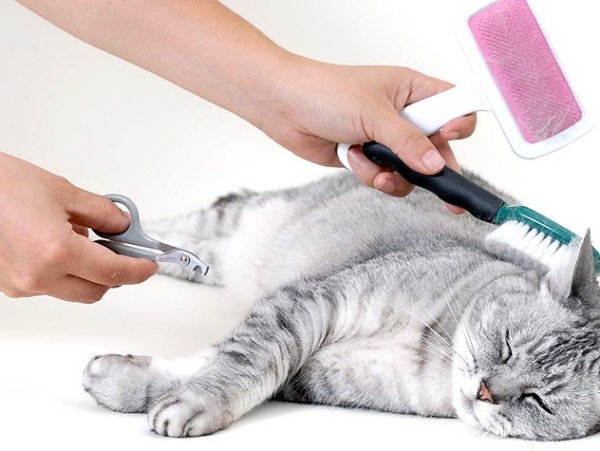
You need to take care of any cat: domestic, outdoor, fluffy or hairless. True, one can immediately say that taking care of an animal without six is much easier: you do not need to comb it out, often bathe, then dry the animal, and a bald cat will not leave scraps of crawled wool on the floors, sofas and armchairs.
Of course, the care for cats with short and long hair is different. Other shampoos, water treatments, combing the coat, especially for long-haired individuals. Short-haired cats are quite capable of caring for her themselves. It is best to purchase a special brush for combing; you can purchase a slicker to comb out the undercoat during molting.
Bathe an animal necessary as it gets dirty: individuals without hair 2-3 times a month, short-haired a couple of times every 2-3 months, and long-haired about once a month. In this case, the cat should be thoroughly dried with a hair dryer and carefully comb the coat so that it does not fall off and then do not have to be cut.
Naturally, it is necessary to vaccinate the pet and treat it against various parasites, such as ticks, fleas, worms, lice and others. You need to process the animal with special products sold in veterinary stores. These can be tablets, sprays, capsules with liquid, which must be smeared over the withers of the cat. If your pet likes to walk on the street, or you have another cat or dog, then you can purchase a special collar from ticks and fleas. It lasts for 2-3 months, after which it should be replaced. Deworming is carried out once a quarter, 7-10 days before vaccinations and 1-2 weeks before mating.
You need to feed your pet a couple of times a day for adults, and a small kitten - 4-5 times a day. Clean, filtered, but by no means boiled water should always stand next to a bowl of food.
Don't forget about eyes, ears and teeth. It is recommended to clean your ears at least once a month using special drops and cotton pads. Cats are prone to dental diseases: caries, stomatitis, tartar, periodontal disease, gingivitis. To avoid this, you need to take care of her teeth with a special brush and paste. It is best to train the animal from a very young age so that an adult cat can safely endure this procedure. If your pet eats natural food, then about 1-2 times a month give him dry food instead of natural food. It has been shown to help prevent tartar problems.
Once every 1-2 weeks it costs wash your pet's eyes with strong tea or chamomile broth... Do not forget to trim your cat's nails, otherwise you may be left without a new sofa, chair, wallpaper and curtains. You can also purchase a scratching post for an animal. Some owners remove the claws of the cats so that the latter do not spoil the furniture. Any animal needs a complete meal, so do not forget about useful products and vitamin complexes.
What to feed cats 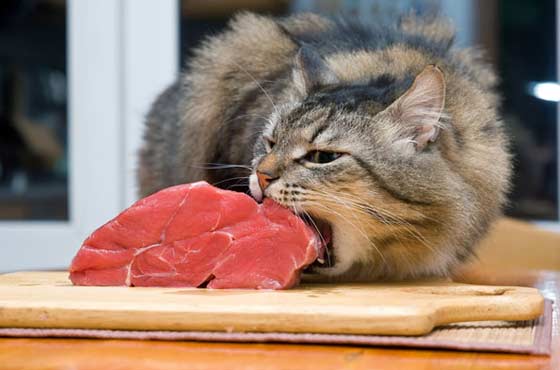
Opinions about feeding cats are divided into two main ones: one owners with two hands for dry cat food, the other half is for natural food. In principle, both are right. But which is better?
Today, there are many different manufacturers who make cat food. The food is of different price categories and, accordingly, quality. It is best to select premium food for your pet, the main thing is that the animal does not become allergic to it. Most often, all the necessary trace elements and vitamins are collected in dry form, so there is no need to feed the cat vitamin complexes. In addition to dry food, manufacturers produce various pates, meat pieces in jelly or sauce.
If you decide to feed your cat straight, then no food from your table. Acceptable food for an animal: meat, cereals, offal, low-fat milk, boiled fish, eggs, vegetables. Cheese, sausage, sausage can be given, but only as a treat, encouragement, and not too often.
You need to feed a little fluffy at least 5 times a day, it is better if food and water are always in the cup in small portions. Adult cats should be fed 2-3 times a day. It is better if you feed the animal at a certain time all the time.
What are the vaccinations for cats? 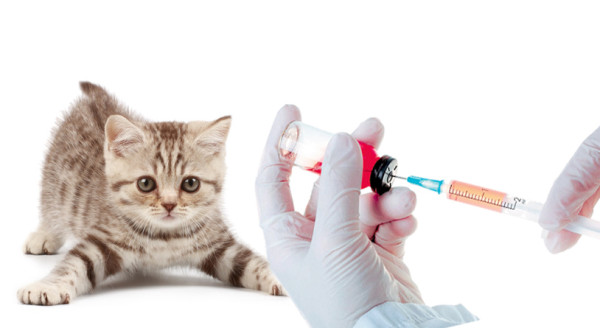
Cats receive three main vaccinations: the first at the age of 9-12 weeks against viral infections such as calcivirosis, rhinotracheitis, panleukopenia. The second is done for rabies at 12 weeks, and the third, repeated, against viral diseases, is done about 3-4 weeks after the first injection. After that, you should vaccinate your animal once a year.
Most often, manufacturers produce complex vaccines in which there are several components, but there are also those that are used against any one disease. All drugs must be with a certificate and annotation in Russian.
The most popular and effective vaccinations for cats:
- Nobivak Tricket and Nobivak Forcat - Dutch vaccines against viral diseases, chlamydia;
- Quadricat is a French drug consisting of two bottles: Corypheline and Rabiff-Felinif, they are mixed and vaccinated against panleukopenia and rabies in three months;
- Multifel-4 - Russian vaccine for kittens aged 10-12 months;
- Fel-O-Wax - American vaccination for kittens against 4 diseases;
- Purevax;
- Nobivac Rabies;
- Microderm;
- Vakderm.
If you decide to go abroad with your pet, then the cat needs special vaccinations for the paperwork for export. Among the compulsory ones - vaccination against rabies, panleukopenia, viral respiratory infections. The notes on the vaccines made must be present in the veterinary passport of the animal and must be made no later than one month before departure. Do not vaccinate a pregnant cat.
How to train your cat to use the litter box 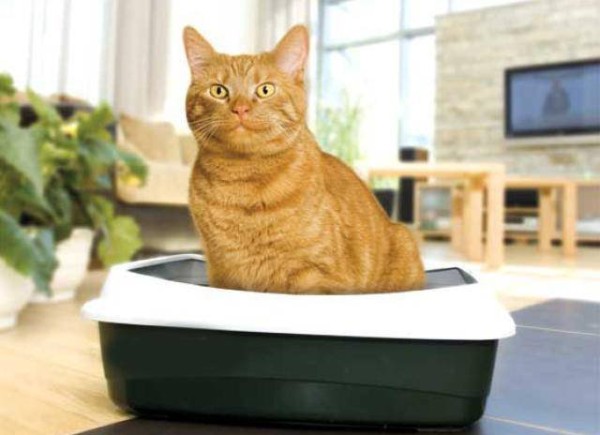
A separate conversation is training your pet to the toilet. In private houses, many owners simply let the cat out into the street and there she does her business. But in apartments such a decision is not always successful, so you have to purchase a cat's tray, filler and teach the animal to go only there.
You need to train a cat from a young age. First of all, you need to find a suitable place for the pot in a secluded but accessible place for the animal, the ideal place is a bathroom or toilet. Show kitten his personal place, put it in a pot, let him look around. Now look after your pet at first, as soon as it starts fidgeting, fussing, digging, immediately carry it to the cat's restroom... Don't forget to compliment the kitten.
Of course, not all kittens immediately understand what's what, so be patient and don't scold him. If, nevertheless, the kitten went to the wrong place, do not scold him, he is small and will not understand why he was beaten and scolded. Just put it back in the tray, and wash the "marked" place thoroughly with disinfectant. Sometimes the reason for refusing to go to the tray is the wrong litter, try changing it and see what happens. Remember to change your potting litter regularly. Animals are squeamish and will not go to an overflowing litter box. If you are not at home for days, then it is better to purchase and put two pots next to each other.
